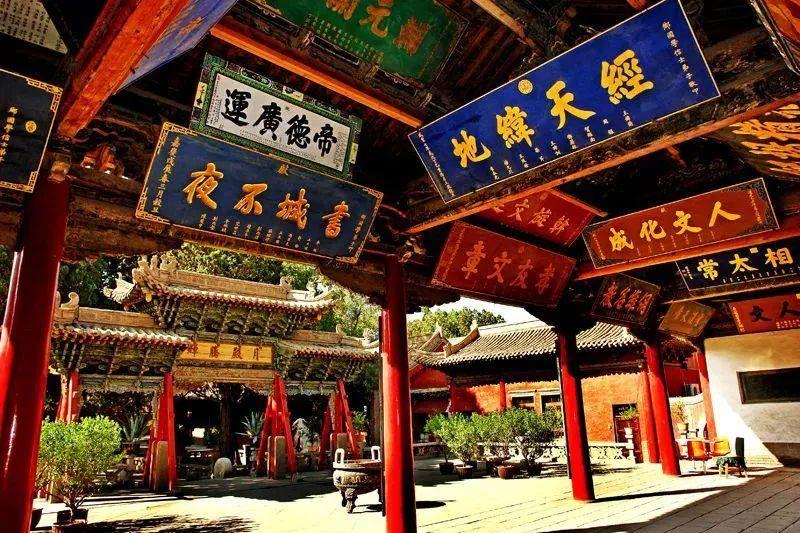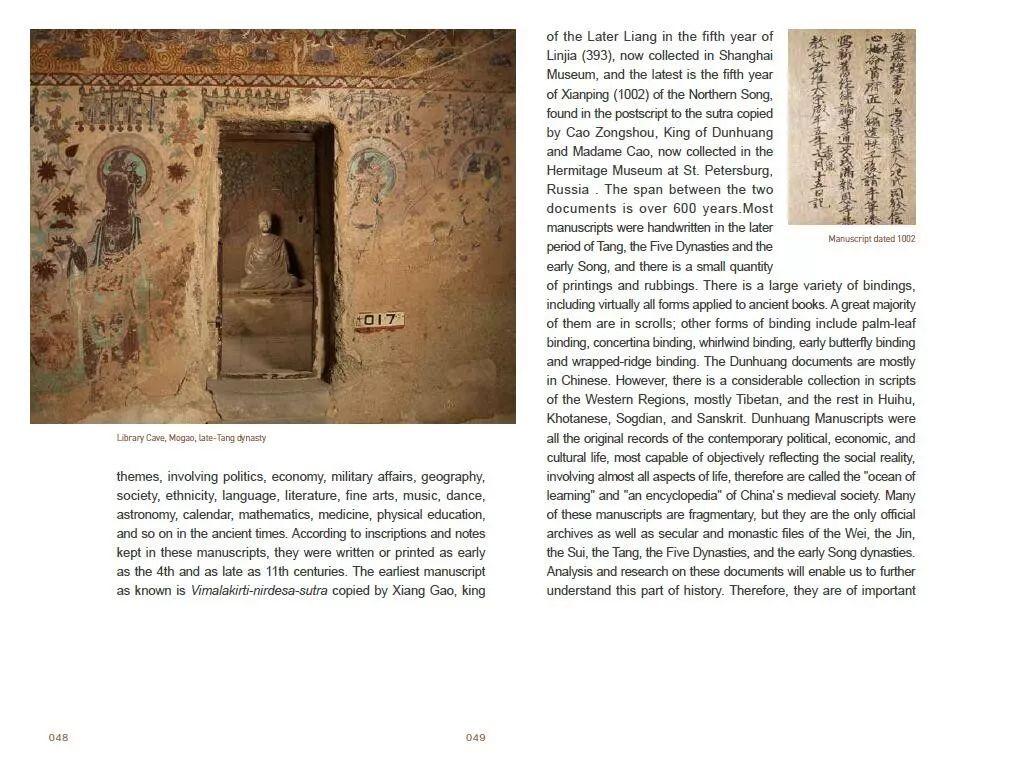摘要:本文简要概述了中国文化的发展历程。从古代文明的起源开始,探讨了传统文化如儒家思想、道家哲学和佛教的影响。文章还提到了现代中国文化的发展,包括科技、艺术和教育等领域的进步。通过深入了解中国文化的演变,可以更好地理解其历史背景、核心价值观和社会变迁。
Chinese culture is one of the most ancient and diverse cultures in the world, with a history spanning thousands of years. From its origins in the Yellow Emperor and the Xia Dynasty to the modern era, Chinese culture has experienced various stages of development that have shaped its unique identity and influence on the world.
1、The Prehistoric and Ancient Period (Before 221 BCE)
During the prehistoric period, the development of Chinese culture can be traced through various artifacts and symbols such as oracle bones and bronze inscriptions. The Xia, Shang, and Zhou dynasties witnessed the establishment of a centralized political system and the development of philosophy, literature, and art. This period was also marked by the development of various religious beliefs such as Taoism and Buddhism.
2、The Qin and Han Dynasties (221 BCE - 89 CE)
The Qin Dynasty is renowned for its unification of China under Emperor Qin Shi Huang's reign. This period witnessed significant advancements in technology, such as the Great Wall's construction and the standardization of weights and measures. The Han Dynasty followed, during which China's cultural identity was further enriched by Confucianism, Buddhism, and other cultural exchanges with neighboring countries.
3、The Three Kingdoms and Sui-Yuan Dynasties (89 CE - 589 CE)
The Three Kingdoms period saw the emergence of diverse political forces and cultural exchanges among the kingdoms. The Sui Dynasty followed, known for its political reforms and advancements in agriculture and technology. The Yuan Dynasty saw the flourishing of Tibetan culture due to the Mongolian invasion, leading to a blend of cultures that influenced art and literature.
4、The Ming and Qing Dynasties (1368 - 1912 CE)
The Ming Dynasty marked a golden age in Chinese culture, with significant advancements in literature, art, philosophy, and technology. The era saw the emergence of great literary figures such as Shakespeare-like Tang Xianzu and Ming Dynasty's novels like "Romance of the Three Kingdoms" and "Journey to the West." The Qing Dynasty witnessed further advancements in literature and art, influenced by Manchu culture, but also saw the decline of traditional culture due to foreign influences and social conflicts.
5、Modern Era (Since 1912 CE)
After the downfall of the Qing Dynasty in 1912, China entered a new era of modernization and cultural transformation. The country witnessed significant political, social, and cultural changes that were influenced by Western culture. However, Chinese culture continued to thrive in various aspects such as traditional crafts, music, dance, martial arts, and cuisine. The modern era also witnessed the revival of traditional cultural forms like Chinese opera and calligraphy, which continue to thrive even today.
Moreover, Chinese culture has also experienced globalization in recent decades, with various aspects like Chinese language, art, music, and cuisine becoming popular worldwide. The rise of China's economy has also led to a surge in interest in Chinese culture globally.
Conclusion:
Chinese culture has a rich history that dates back thousands of years. From its origins to modern times, it has experienced various stages of development that have shaped its unique identity and influence on the world. Today, Chinese culture continues to thrive in various aspects and is influencing global culture as well. It is essential to appreciate and understand this rich history to appreciate the beauty and diversity of Chinese culture today.



 鲁ICP备17023353号-2
鲁ICP备17023353号-2
还没有评论,来说两句吧...